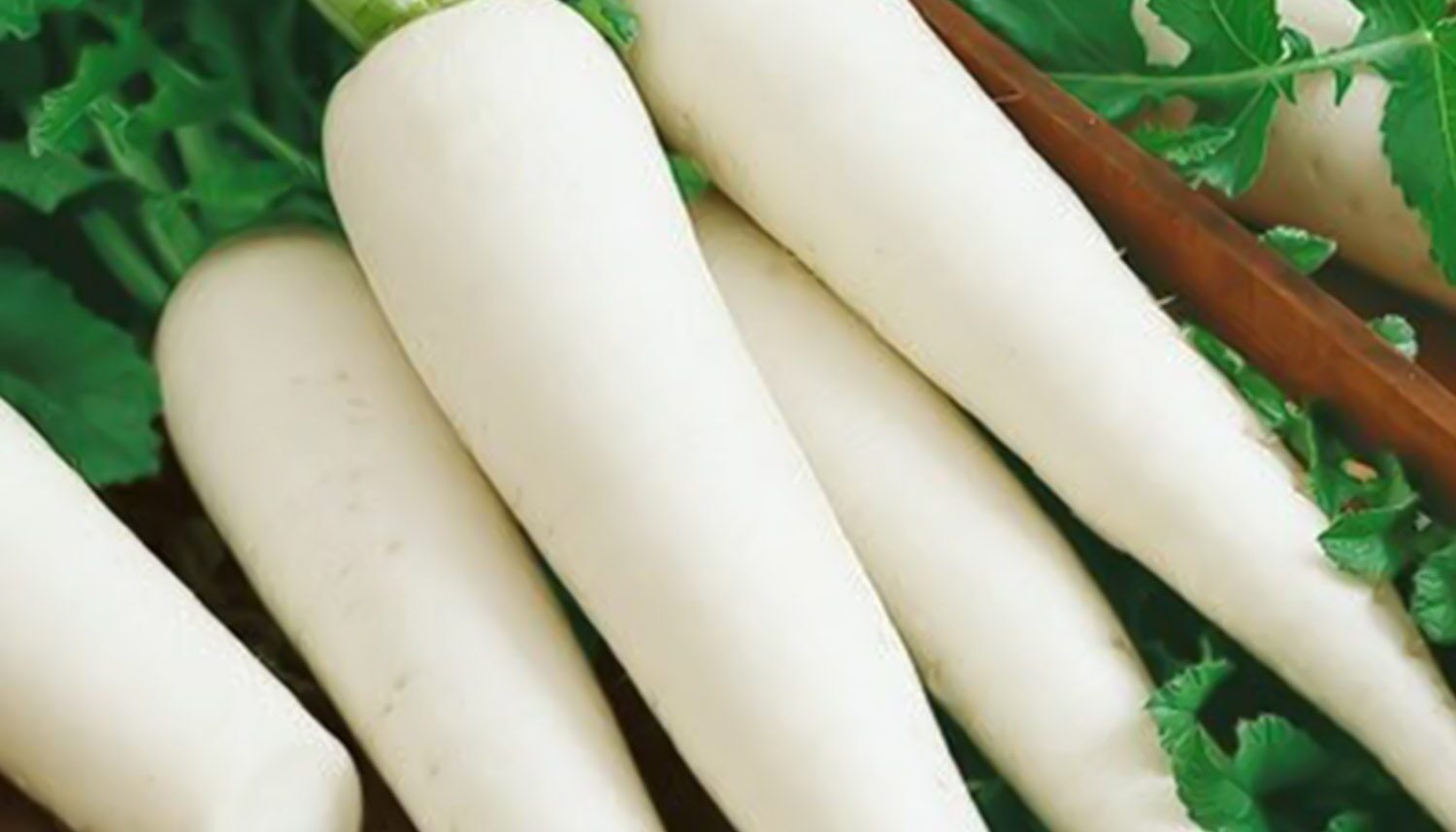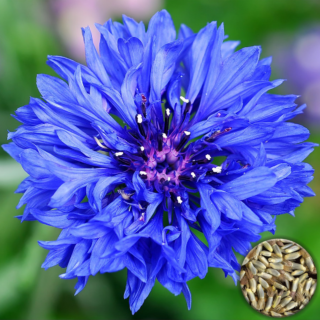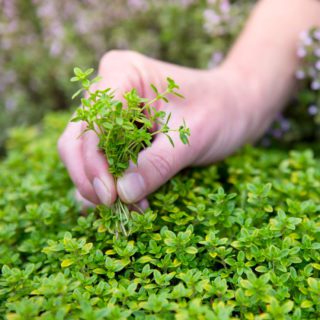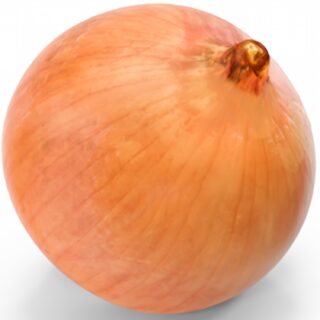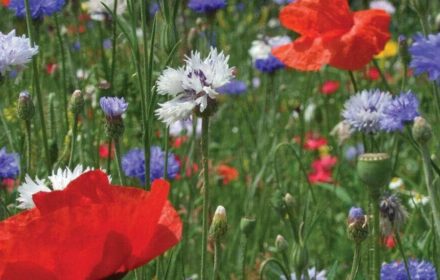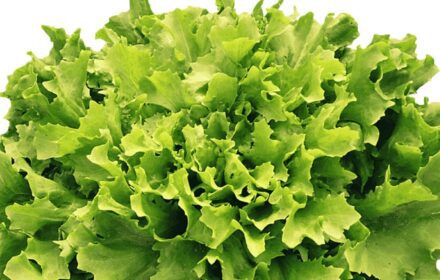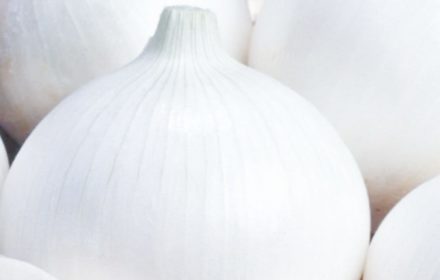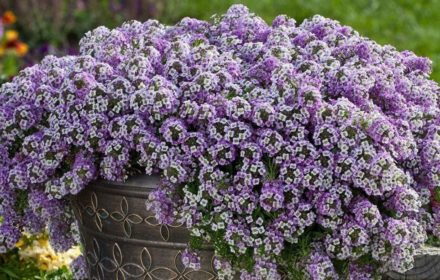Growing British Long White Radish Seeds from Seed
Also known as White Icicle Radish, this amazing vegetable is renowned for its crisp texture, mild flavour, and brilliant white, torpedo-shaped roots. This variety is a must-have for any garden, adding a refreshing crunch to salads and other dishes. Long White Radishes are quick-growing vegetables that are easy to cultivate, making them perfect for both novice and experienced gardeners. Start any time indoors in a medium sized pot, or start outdoors during the below specified growing period. We have compiled a comprehensive guide to help you successfully sow and grow these radishes in the UK.
When to Sow Long White Radish Seeds in the UK
- Sowing Time: Start sowing seeds directly outdoors from early spring (March) to late summer (August). For a continuous harvest, sow seeds every two weeks.
- Outdoor Planting: Ensure that the danger of frost has passed before sowing seeds directly in the garden.
- Soil Requirements: Radishes prefer well-drained, fertile soil enriched with organic matter. The ideal soil pH range is 6.0 to 7.0, which is slightly acidic to neutral.
- Location: Choose a sunny location that receives at least 6 hours of direct sunlight daily. Radishes can tolerate partial shade but perform best in full sun.
- Sowing Depth: Plant the seeds at a depth of 1/2 inch (1.3 cm).
- Spacing: Space the seeds about 1 inch (2.5 cm) apart in rows that are 12 inches (30 cm) apart. Once the seedlings are 1-2 inches (2.5-5 cm) tall, thin them to 2-3 inches (5-7.5 cm) apart to allow proper root development.
- Temperature: Maintain soil temperatures between 18-21°C (65-70°F) for optimal germination.
- Germination: Seeds typically germinate within 5-10 days.
Ideal Growing Conditions for British White Radish Seeds
- Watering: Keep the soil consistently moist but not waterlogged. Radishes require moderate watering. Watering too much can cause the roots to rot, while too little water can make the radishes woody and spicy.
- Fertilizing: Use a balanced, all-purpose fertilizer if the soil is not rich in organic matter. Avoid excessive nitrogen as it promotes leafy growth at the expense of root development.
- Weeding: Keep the area free of weeds to reduce competition for nutrients and water. Hand-pulling is recommended to avoid disturbing the roots.
- Succession Planting: For a continuous supply of radishes, sow seeds every two weeks.
- Companion Planting: Radishes grow well with lettuce, carrots, and onions. They can also help deter pests from other crops.
Caring for Young Long White Radish Plants
- Thinning: Thin the seedlings to about 2-3 inches apart once they are a couple of inches tall. This ensures each plant has enough space to grow.
- Pest Control: Common pests include aphids, flea beetles, and root maggots. Use organic pest control methods such as neem oil or insecticidal soap to manage infestations.
- Disease Prevention: Ensure proper spacing and avoid waterlogging to prevent fungal diseases like root rot. Mulching can help retain moisture and suppress weeds.
Harvesting British White Radish Vegetables UK
- Harvest Time: Radishes are ready to harvest approximately 30 days after sowing when they are about 5-6 inches (12-15 cm) long.
- Harvesting Method: Gently pull the radishes from the soil to avoid damage. Harvest in the morning when they are cool and crisp.
- Storage: Remove the tops and store the radishes in a plastic bag in the refrigerator. They can be stored for a few weeks but are best when eaten fresh.
- Using Radish Tops: The greens are edible and can be used in salads and pestos, adding extra nutritional value.

